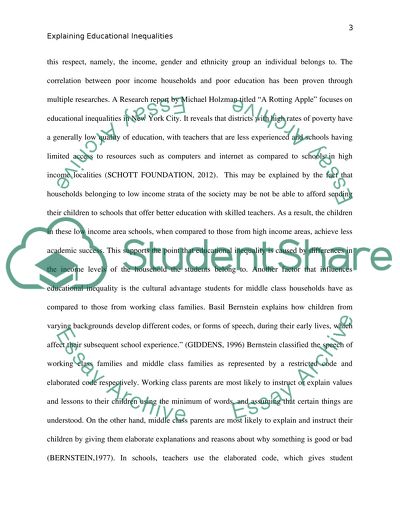Cite this document
(“Can educational inequalities be explained by children and young Essay”, n.d.)
Retrieved from https://studentshare.org/education/1474942-can-educational-inequalities-be-explained-by
Retrieved from https://studentshare.org/education/1474942-can-educational-inequalities-be-explained-by
(Can Educational Inequalities Be Explained by Children and Young Essay)
https://studentshare.org/education/1474942-can-educational-inequalities-be-explained-by.
https://studentshare.org/education/1474942-can-educational-inequalities-be-explained-by.
“Can Educational Inequalities Be Explained by Children and Young Essay”, n.d. https://studentshare.org/education/1474942-can-educational-inequalities-be-explained-by.


